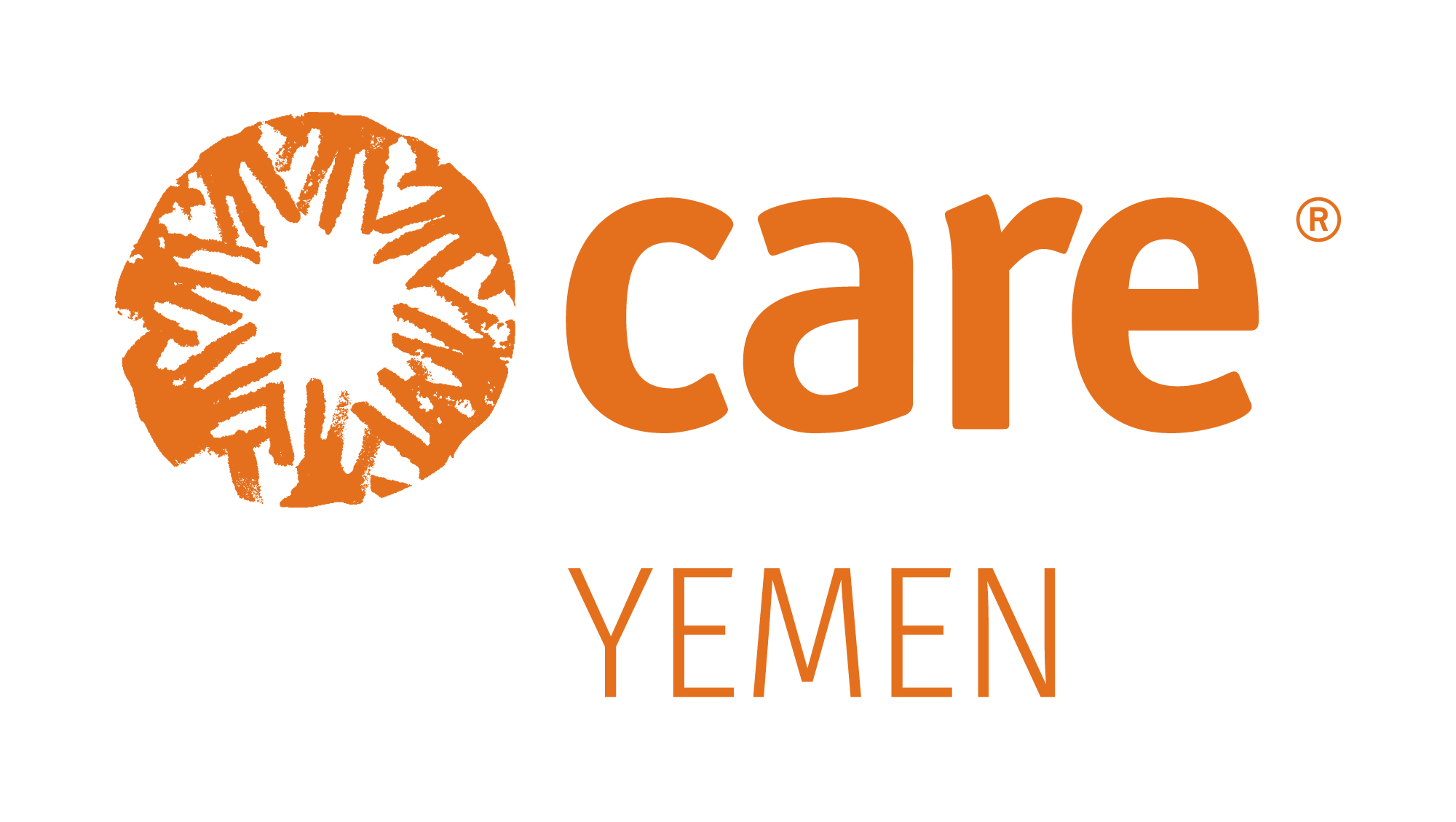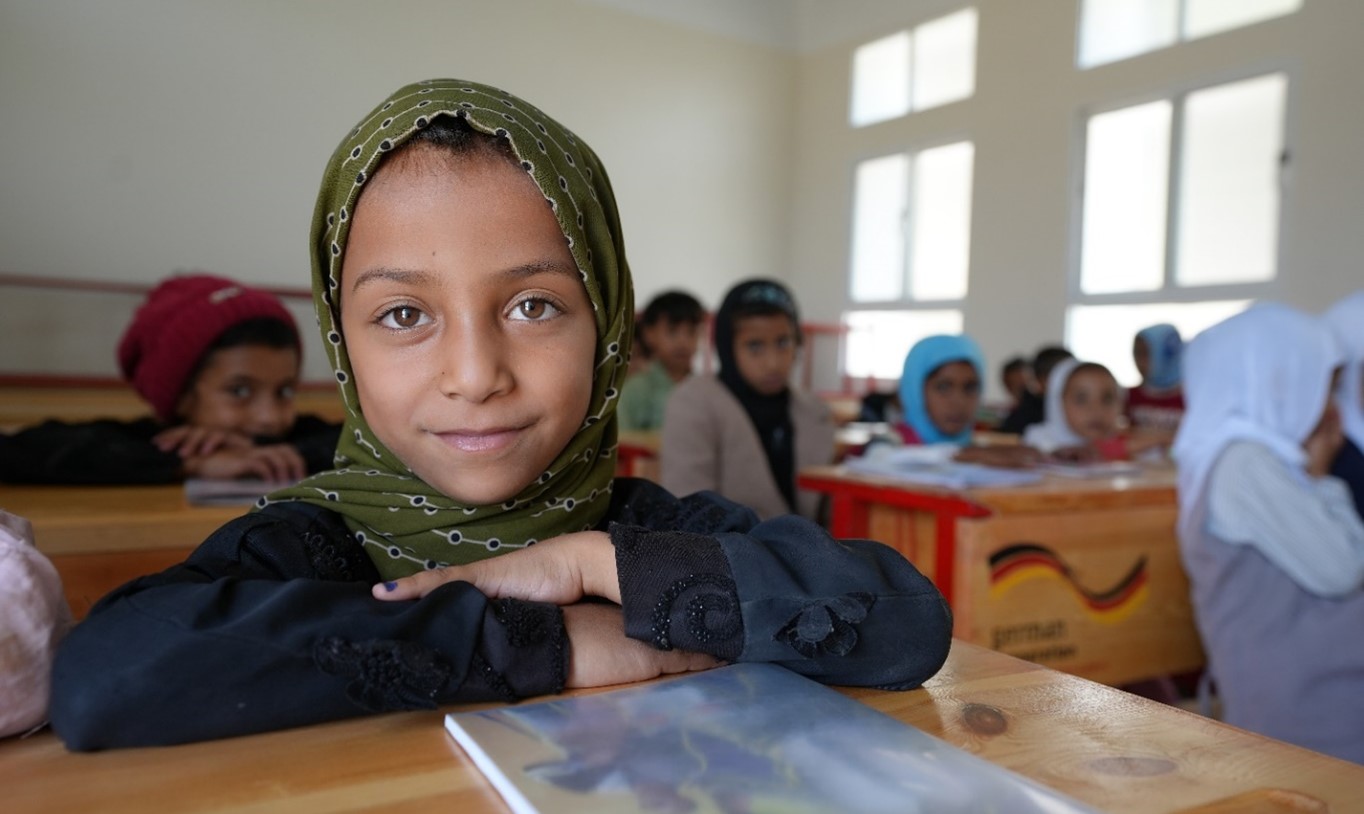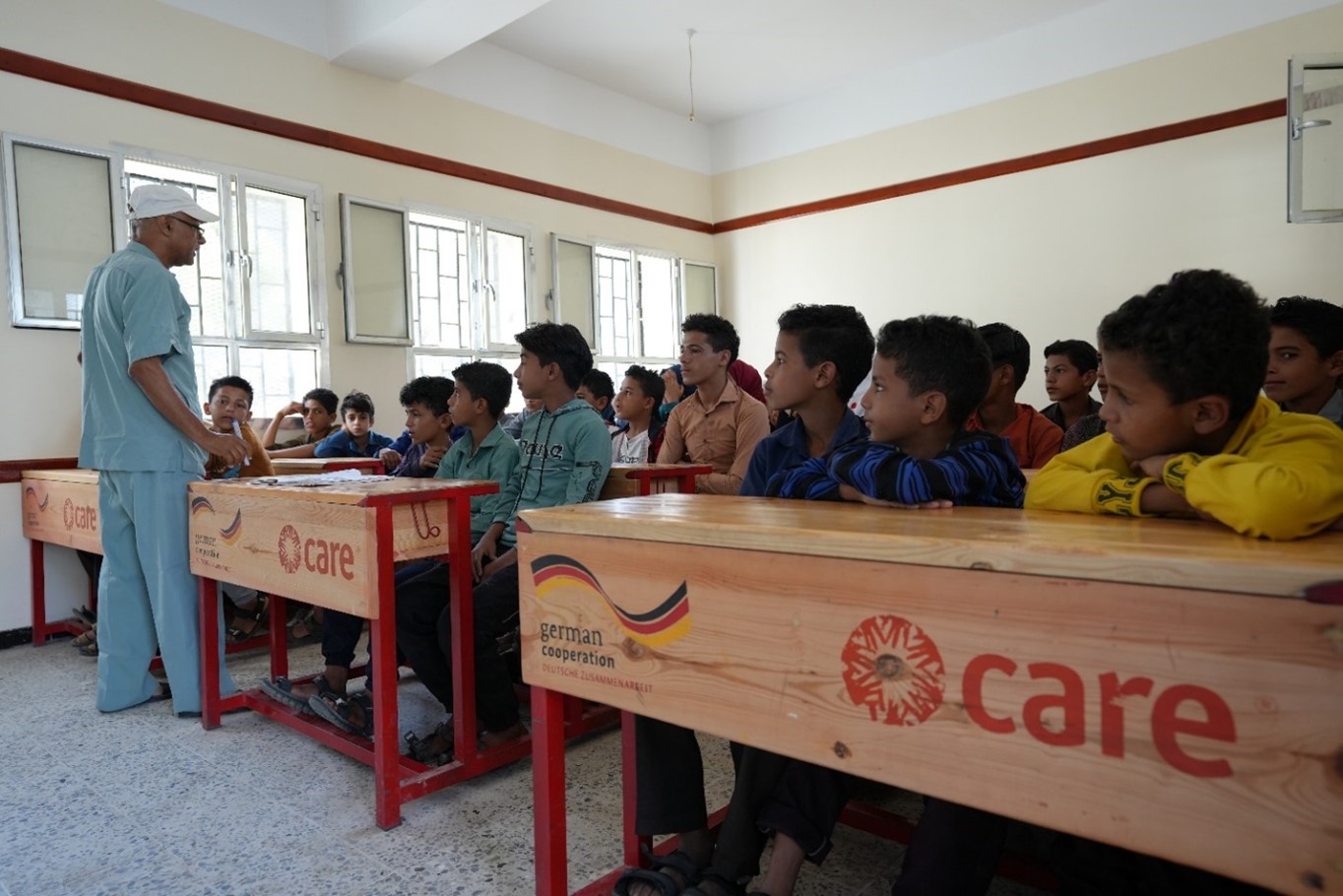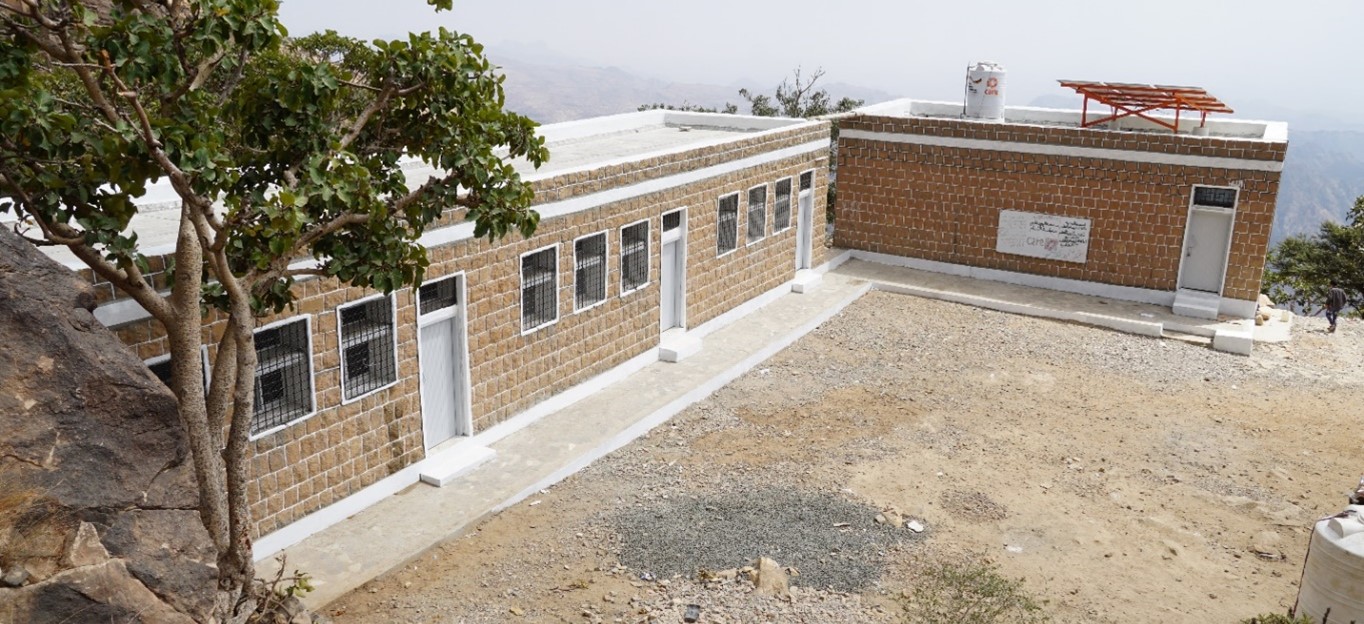Nine years of conflict and economic collapse in Yemen have led to the deterioration of infrastructure. Most of the country’s education infrastructure, including schools, has suffered significant damage. Many students across the country have lost their schools and education as a result.
Many families in Lahj Governorate, one of the affected governorates in the south of Yemen, continue to struggle to provide a safe education for their children amidst numerous other crises such as access to food, healthcare, and basic necessities.
“We want a better future for our children,” says Ali Mohammed, Principal of the Almanar School in Lahj. “I used to feel depressed about the dilapidated classrooms in the school. When the temperature rises in the summer, many students miss classes, and the few who stay get sick from sitting on the floor all day in these classrooms, which have no proper roofs, doors, or windows. The school also lacked sanitary facilities, furniture, and teaching materials,” he adds.
To improve access to education for girls and boys in Lahj, CARE, with funding from the German Federal Ministry for Economic Cooperation and Development (BMZ), rehabilitated six schools in Al-Maqatera and Tuban districts, benefiting over 3,583 students. The rehabilitation included major construction and renovation of classrooms and sanitation facilities and installation of water tanks and solar energy systems in the selected schools.






